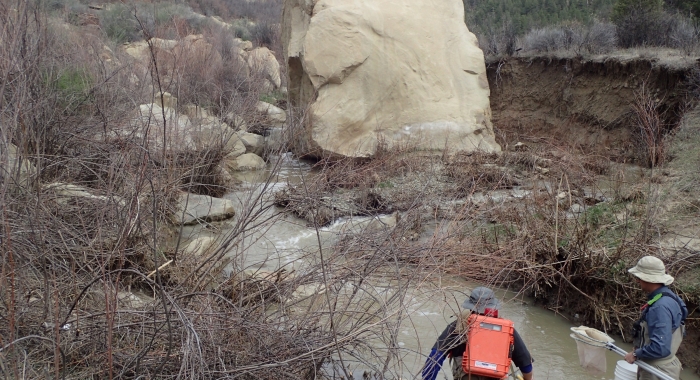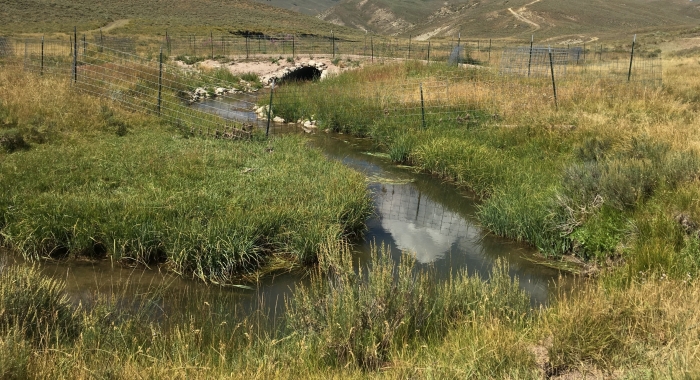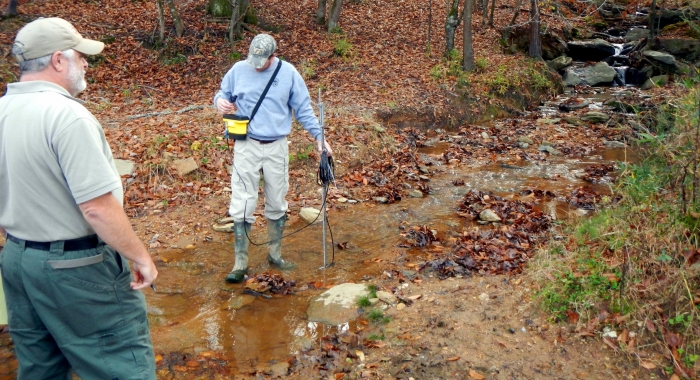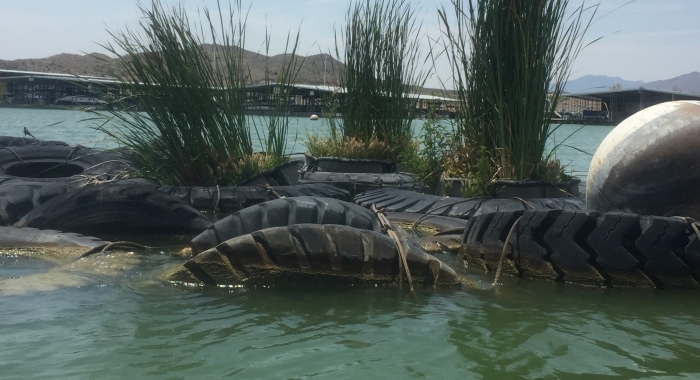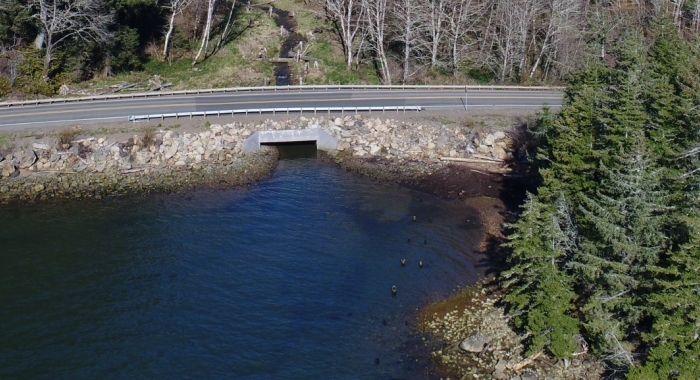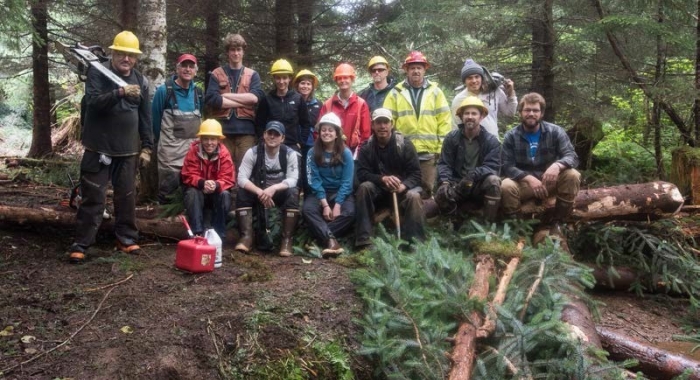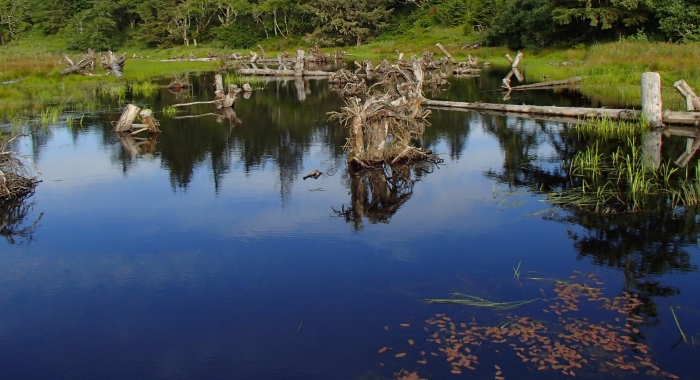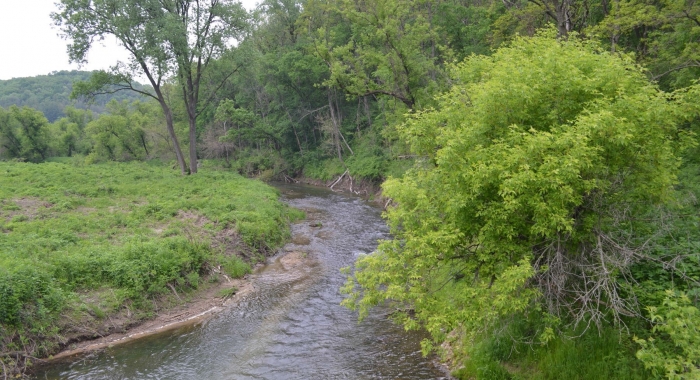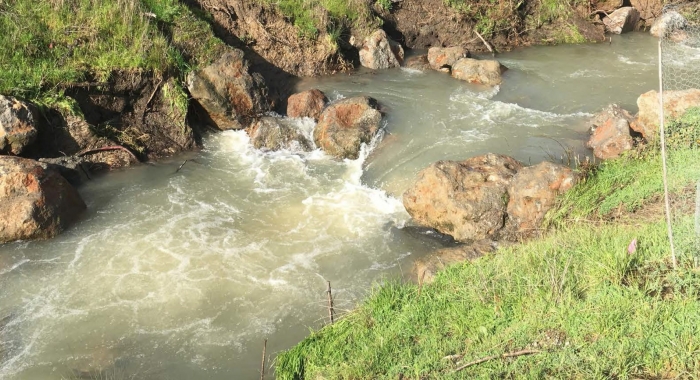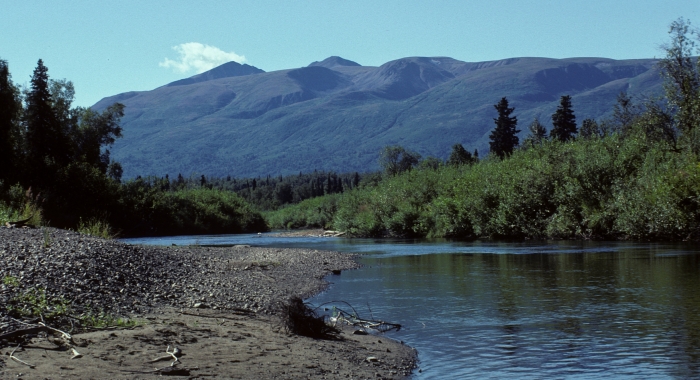
1. Alexander Creek, Alaska
Project Submission by: The Mat-Su Basin Salmon Habitat Partnership
Purpose of the project: Approximately 50 air miles northwest of Anchorage, Alexander Creek Watershed is a remote and slow-moving meandering river system with numerous tributaries and shallow lakes and ponds. It has thousands of acres of adjacent wetlands with side-sloughs and oxbow channels. Originally named a Waters to Watch project in 2015, we are looking at this project in retrospect as elodea continues to be an issue affecting the habitat for Salmon in the lake and returns to the Susitna River. Partners have been working to restore Alexander Creek drainage Chinook salmon numbers in what previously was very productive habitat, and one of the most vibrant Chinook sport fisheries in Southcentral Alaska. This abundant fishery attracted international, national and in-state anglers supported with lodges, daily flight service, and charter boats, providing a boost to the local economy.


